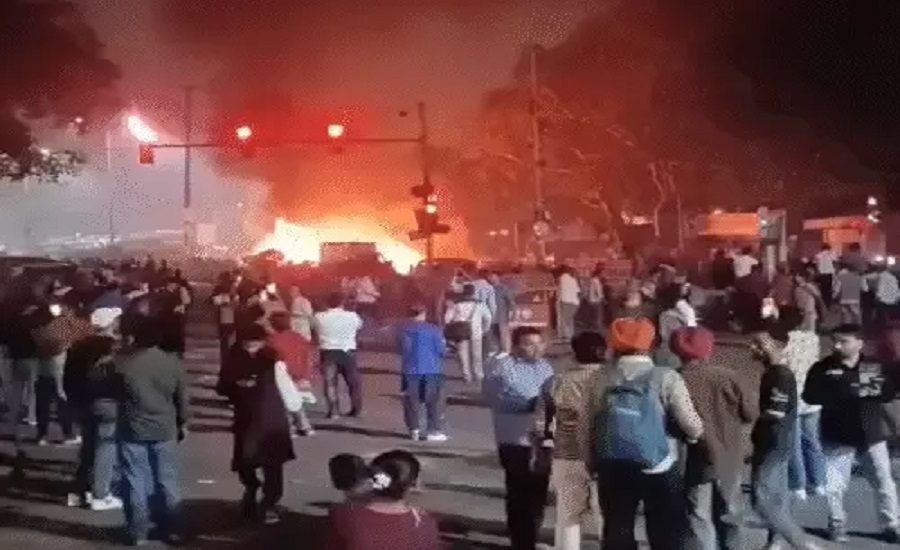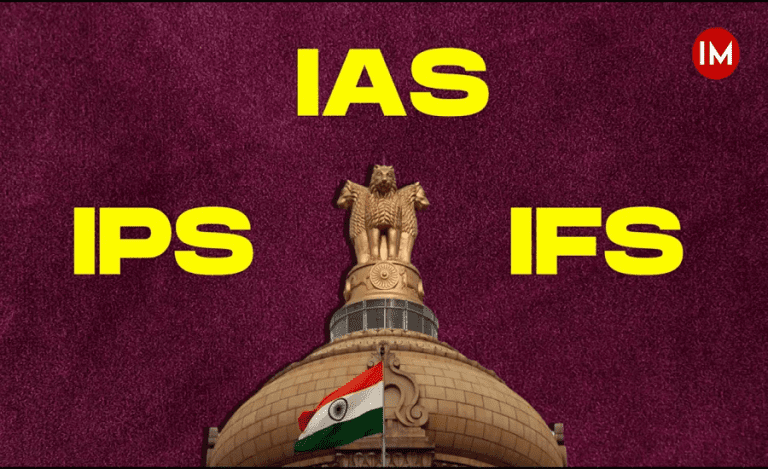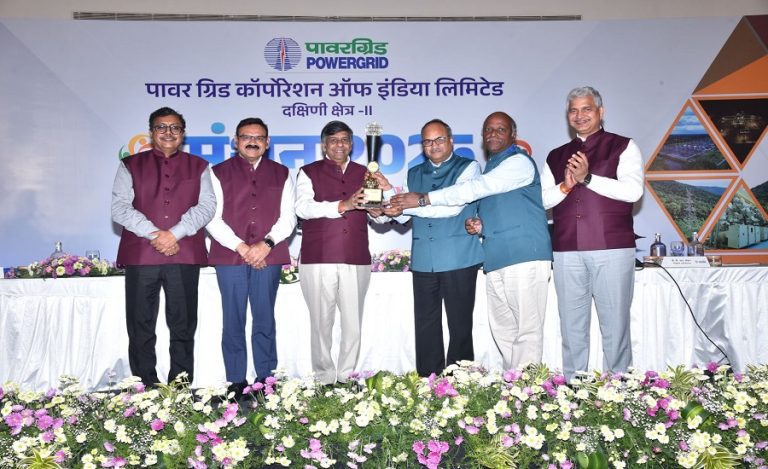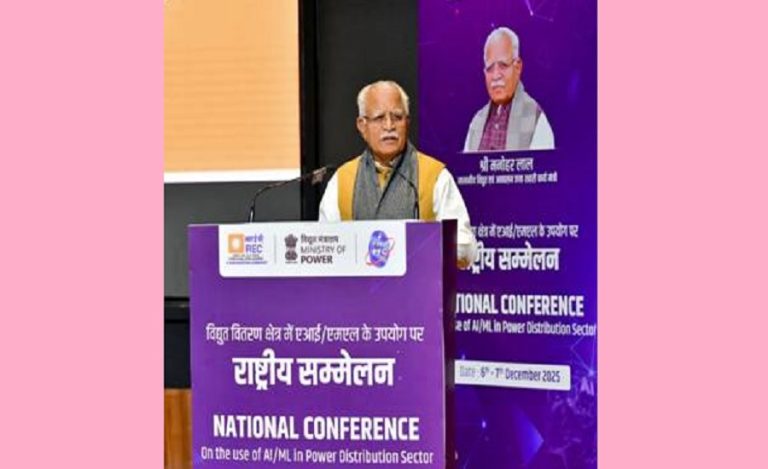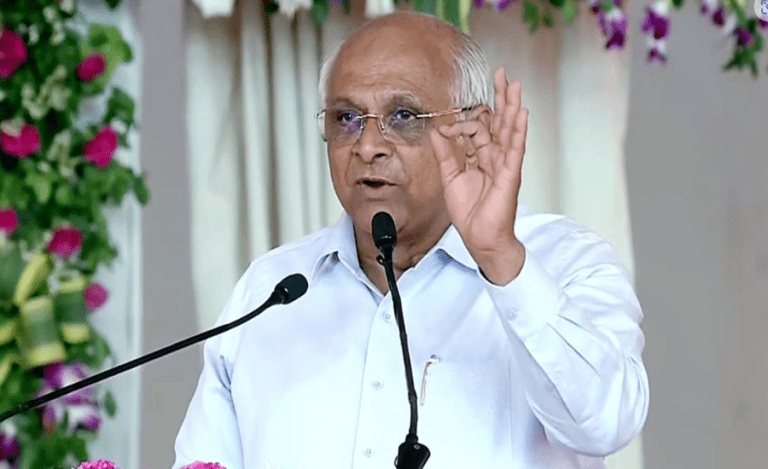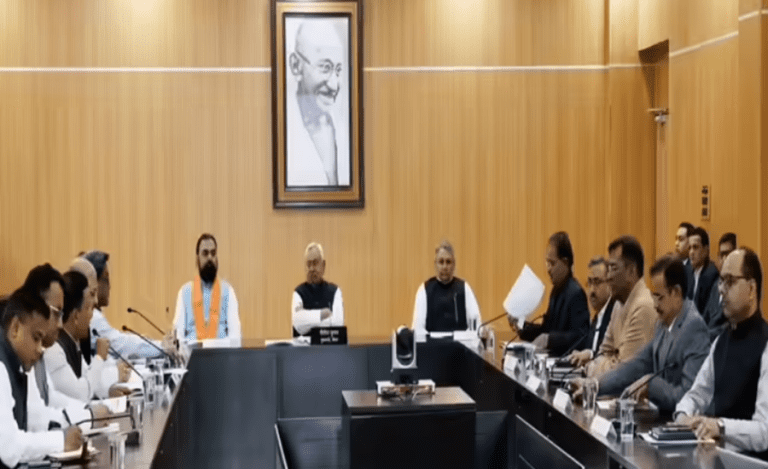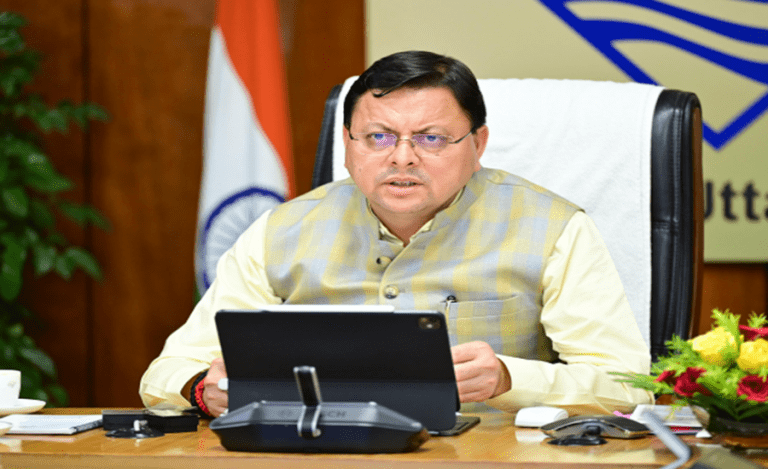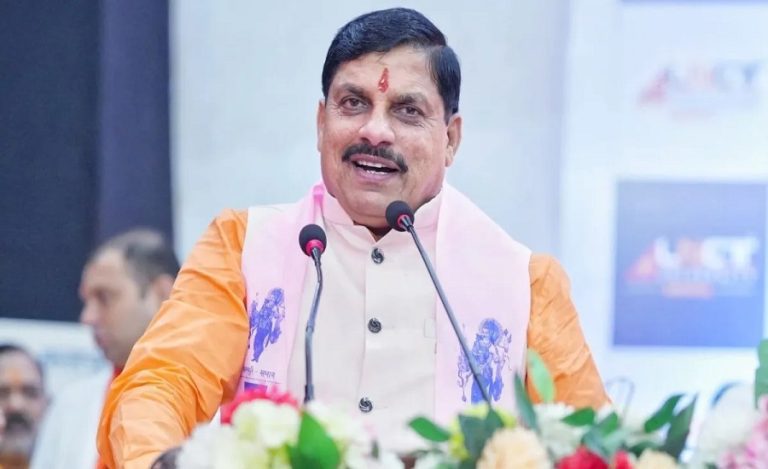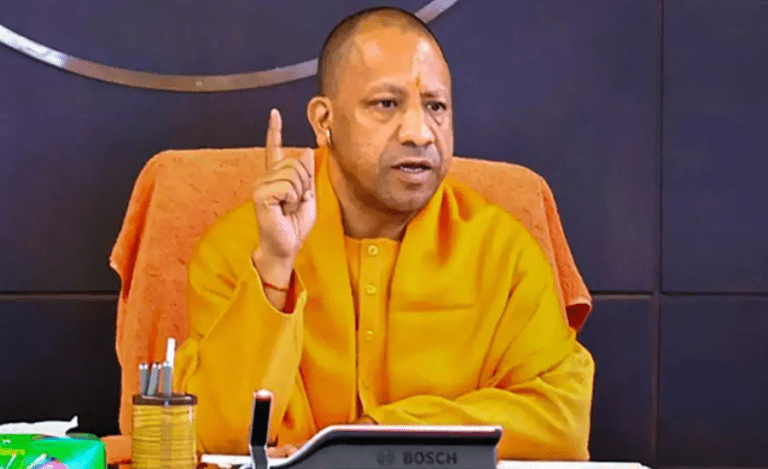New Delhi: On Monday, November 17, 2025, Delhi’s Patiala House Court remanded 29-year-old Amir Rashid Ali to a 10-day custody under the National Investigation Agency (NIA), following his arrest in the November 10 terror blast near the historic Red Fort.
This step is a major development in what authorities term a “vehicle-borne improvised explosive device (VBIED)” attack that killed at least 13 people and injured dozens.
Background of Red Fort Terror Probe
The explosion took place near the Red Fort Metro Station in New Delhi when a car laden with explosives detonated.
Investigators say the Hyundai i20 involved was registered in the name of Amir Rashid Ali, who allegedly helped procure the vehicle used in the attack.
The suspected suicide bomber has been identified as Umar Un Nabi, an assistant professor of medicine from Faridabad, originally hailing from Pulwama, Jammu & Kashmir.
The case was transferred to the NIA from Delhi Police as agencies coordinated across Delhi, Haryana, Uttar Pradesh and Jammu & Kashmir.
Who is Amir Rasid Ali
Amir Rashid Ali is a resident of Samboora in Pampore, Jammu & Kashmir.
He is accused of being the facilitator who purchased the car used as the explosive device and allegedly conspired with Umar Un Nabi to execute the attack.
His arrest follows a massive search operation by the NIA when they took over the probe.
Importance of the Red Fort Terror Probe
This case carries high importance for multiple reasons:
- First, the blast near the Red Fort — a symbol of India’s historic and political significance — underscores a brazen attempt at terror in the national capital.
- Second, the involvement of a vehicle-borne IED and alleged links to Jammu & Kashmir and academic institutions raise concerns about organised terror networks infiltrating sophisticated channels.
- Third, the NIA’s ten-day custody request signals they believe a broader conspiracy is at work, and that Ali’s interrogation may yield key leads.
- Finally, successful prosecution could act as a deterrent for future attacks and bolster national security protocols in urban terror-vulnerability zones.
Key Challenges in the Red Fort Terror Probe
Investigators face several complex obstacles:
Tracing the full extent of the network: While Ali has been arrested, authorities must unmask additional conspirators and funding sources across state borders.
Forensic evidence and vehicle tracking: The car was parked hours before the blast and forensic confirmation of involvement is intricate.
Inter-agency coordination: With Delhi Police, J&K Police, Haryana Police and central agencies all involved, coordination and data-sharing remain critical.
Political and social fallout: A terror act in Delhi prompts public anxiety, security tightening and demands for swift justice, which may exert pressure on investigators.
Key Implications
The implications of this case are far-reaching:
- Security protocols in Delhi and major metros may receive fresh scrutiny, especially regarding parking zones near historic monuments.
- The discovery of links between academic professionals (like Umar Un Nabi) and terror networks may lead to tighter vetting in educational institutions.
- Kashmir’s ongoing militancy narrative may be further hardened, affecting policy, peace efforts and the region’s stability.
- Legally, a successful prosecution strengthens the NIA’s role in tackling national-level terror conspiracies, reinforcing centralised counter-terror mechanisms under the UAPA cadre.
Way Forward
To move ahead effectively, the following steps are critical:
1. Full Spectrum Probe: NIA must use this custody period to interrogate and extract actionable intelligence — identify masterminds, financiers, logistic support networks.
2. Forensic Deep Dive: Secure all evidence – vehicle components, explosives, digital records, CCTV – to build a strong prosecution case.
3. Wire-tap / Surveillance Expansion: Expand intelligence gathering in suspected terror hubs, including J&K, Haryana, and other nexus points.
4. Institutional Audit: Educational institutions and vehicle-sales registries near high-risk zones must be audited for anomalies or misuse.
5. Public Communication & Security Upgrade: Transparent updates to the public while upgrading physical security near monuments like Red Fort to deter future attacks.
6. Cross-State Collaboration: Efficient sharing of intelligence amongst states, NIA, specialised task forces and local police forces to dismantle networks before execution.

